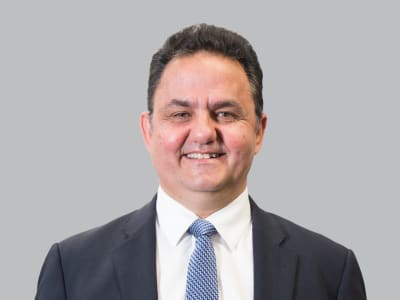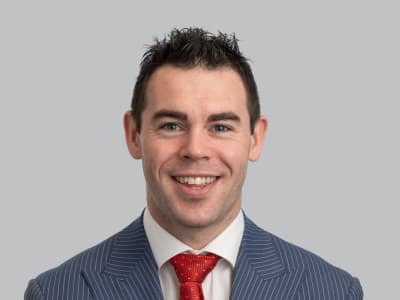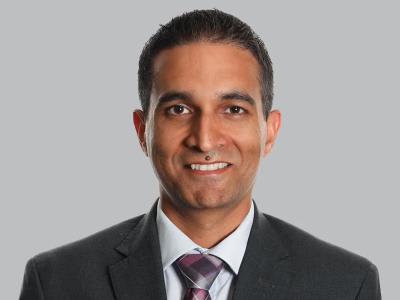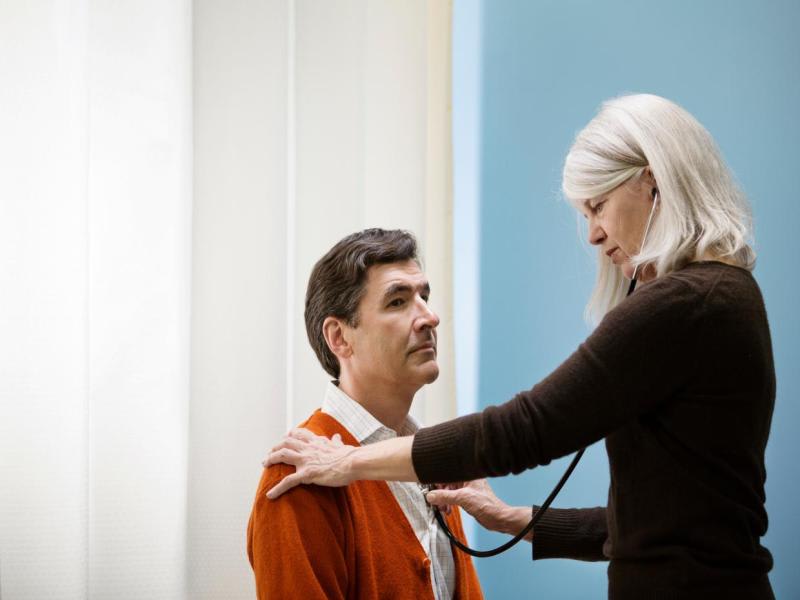AUTHORS




On 22 December 2022, the Queensland Commissioner of State Revenue (the “Commissioner”) issued a significant payroll tax ruling covering payments made under common medical practice arrangements, Public Ruling PTA 000.6.1[1] (the “Ruling”).
Importantly, the Ruling notes that medical practices include dental clinics, physiotherapy practices, radiology centres, and similar healthcare providers who engage medical, dental, and other health practitioners (“Practitioners”) or their entities to provide patients with access to the services of Practitioners.
The Ruling, which follows recent landmark tribunal decisions in New South Wales and Victoria, sets out the Commissioner’s position with respect to the Queensland payroll tax implications of arrangements between medical centres and Practitioners.
Key Messages From The Ruling
In our view, the Ruling in its current form:
- Reaffirms the outcomes of Thomas and Naaz v. Chief Commissioner of State Revenue [2021] NSWCAT 259 (“Naaz”) and The Optical Superstore Pty Ltd v Commissioner of State Revenue [2018] VCAT 169 (“Optical Superstore”)[2]; and
- Confirms that regardless of the operating arrangement, such as a tenancy model, an agency model, or a contractor model, the Commissioner will likely take a strict view on the existence of a relevant contract where the medical centre engages a Practitioner to serve patients for or on behalf of the medical centre.
We understand that the Queensland Revenue Office may only be seeking to apply the Ruling for the 2022 payroll tax year onwards, though this is not yet confirmed. Whilst this will remove the fear of prior year assessments, it does mean there will not be any “grace” period for the current payroll tax year and any affected medical practice should seek advice on how the Ruling could apply to them specifically.
Not only does the Ruling put on notice medical centres operating in Queensland, the operation of harmonised payroll tax legislation across Australian states and territories is likely to result in similar developments elsewhere, particularly in New South Wales and Victoria, whence the relevant tribunal decisions originated.
BACKGROUND TO THE PAYROLL TAX CONSIDERATIONS
Historically, medical practices and Practitioners operated under the assumption that payroll tax was not applicable to payments collected by the medical practice and remitted back to the Practitioner (usually, net of any fee charged by the medical practice). This was usually on the basis that the money remitted to the Practitioner was simply a return of money to which the Practitioner was already beneficially entitled to (i.e., the Medicare rebate payment earned by a general Practitioner for a standard patient consultation). However, this long-standing position was upended by the decisions in Naaz and Optical Superstore.
TRIBUNAL DECISIONS
The decision of Naaz concerned a medical practice comprising multiple medical centres that entered into agreements with various doctors, whereas Optical Superstore concerned contracts between a retailer and optometrists (or their associated entities). In both instances, assessments were issued that included payments under service agreements as taxable wages.
These decisions enunciated a number of principles relevant in the context of arrangements between medical centres and Practitioners, including:
- A narrowing of what constitutes a ‘tenancy’ agreement (cf. a ‘service agreement’);
- That the ordinary meaning of ‘payment’ includes the payment of money to which a person is already beneficially entitled, meaning the passing on of patient fees or Medicare rebates could be considered a ‘payment for the purposes of the contractor provisions;
- That Practitioners could be found to be performing services for both patients and medical centres, e.g., due to the inextricable nexus between a Practitioner’s services and the medical centre’s business;
- A narrowing of the ‘provides services to the public generally’ exemption – i.e., a Practitioner must provide services to multiple medical centres (not within the same payroll tax group) and not just patients;
- The irrelevance of descriptions or labels in a contract, and the primacy of substance over form; and
- It is sufficient, for the purposes of determining whether services are ‘for or in relation to the performance of work’, that the services merely be work-related.
THE RULING
The Ruling affirms and arguably transcends the foregoing principles, making clear that the  Commissioner will, from 22 December 2022 onwards, take a strict view in applying the relevant contract provisions to arrangements where a medical centre engages a Practitioner to serve patients for or on behalf of the medical centre.
Commissioner will, from 22 December 2022 onwards, take a strict view in applying the relevant contract provisions to arrangements where a medical centre engages a Practitioner to serve patients for or on behalf of the medical centre.
The Commissioner’s view is predicated on the notion of ‘operational or administrative control’, and whether medical centres exercise this over Practitioners. Some relevant factors in this regard are cited by the Commissioner at paragraph 16 including control over who practices at a medical centre, the hours and days when they practise, and the space within the centre where that occurs. Our observation is that the threshold for when a medical practice will be seen to be exercising operational or administrative control is quite low and out of step with how many practices operate.
At paragraph 11 of the Ruling, the Commissioner provides that application of the contractor provisions will be attracted where all the following apply:
a) The Practitioner carries on a business or practice of providing medical-related services to patients;
b) In the course of conducting its business, the medical centre:
c) Provides members of the public with access to medical-related services; and
d) Engages a Practitioner to supply services to the medical centre by serving patients on its behalf;
e) None of the relevant exemptions apply.
The Commissioner takes a strict view of when a Practitioner will be taken to serve patients on behalf of a medical centre – providing that this will be the case where the medical centre engages a Practitioner to practise from the medical centre or holds out to the public that it provides patients with access to the services of a Practitioner. The Commissioner’s deliberate use of “or holds out to the public” suggests that merely advertising on a medical practice’s website that Practitioners operate from the practice could be sufficient to attract payroll tax under this Ruling. The Ruling also treats patients as customers of the medical centre rather than the Practitioner, which is not necessarily consistent with civil litigation cases in the health sector.
Other notable aspects of the Ruling where the Commissioner’s view arguably transcends the principles established in Naaz and Optical Superstore include:
- Third-party payments may be taken to be taxable wages under certain circumstances; and
- The provision of any services, even ancillary, by a medical centre to a Practitioner will mean there cannot be a tenancy contract (to which the contractor provisions would not apply), thereby creating a payroll tax exposure.
KEY THINGS FOR CLIENTS TO CONSIDER
Whilst the Ruling clarifies the strict position of the Commissioner in relation to arrangements between medical centres and Practitioners, it provides only limited guidance on the factors to which the Commissioner will have regard in making any determination, and certainly no ‘bright line’ test for determining whether the contractor provisions will be enlivened.
What the Ruling does highlight is the importance of considering arrangements on a case-by-case basis and ensuring that arrangements are implemented in such a way that the independence of the Practitioner from the medical centre is clear in both form and substance.
Specifically, we are of the view that all service agreements will need to make it clear that the medical centre is providing a service to Practitioners who are using the facility to see and treat their patients. Be aware that this would require a complete reconsideration of just who is in practice, whose practice it is and how this is portrayed and communicated to the public and the patients. This revamp might be a step too far for most medical centres, and payroll tax grouping may still apply in any case, as noted at paragraph 57 of the Ruling.
While the Ruling is in respect of Queensland, given payroll tax harmonisation, it is very likely that the state revenue offices in other states and territories (outside of Western Australia which does not currently have relevant contractor provisions) will take a similar view.
SOME SAVING GRACES
As noted in the Key Messages From the Ruling section, we understand that the Queensland Revenue Office may only be seeking to apply the Ruling for the 2022 payroll tax year and onwards, potentially removing the imposition of prior year assessments whilst however bringing an immediate exposure to payroll tax going forward. Affected medical practice should seek advice on how the Ruling could apply to them specifically.
Most, but not all payments to doctors will be caught. The usual exemptions can apply being where the practitioner also provides services to the public generally, or the practitioner performs work for no more than 90 days in a financial year for the medical centre or where the services under the contract are performed by two or more persons.
RSM Australia has extensive experience in dealing with payroll tax issues across states and territories, including in relation to the application of the contractor provisions.
Please contact your local RSM representative if you would like to discuss how the Ruling may affect you or your business.
[1] *Public ruling PTAQ000.6.1 Relevant contracts—medical centres (treasury.qld.gov.au)
[2] The assessments considered by the Victorian Civil and Administrative Tribunal in Optical Superstore were ultimately upheld by the Victorian Court of Appeal.




